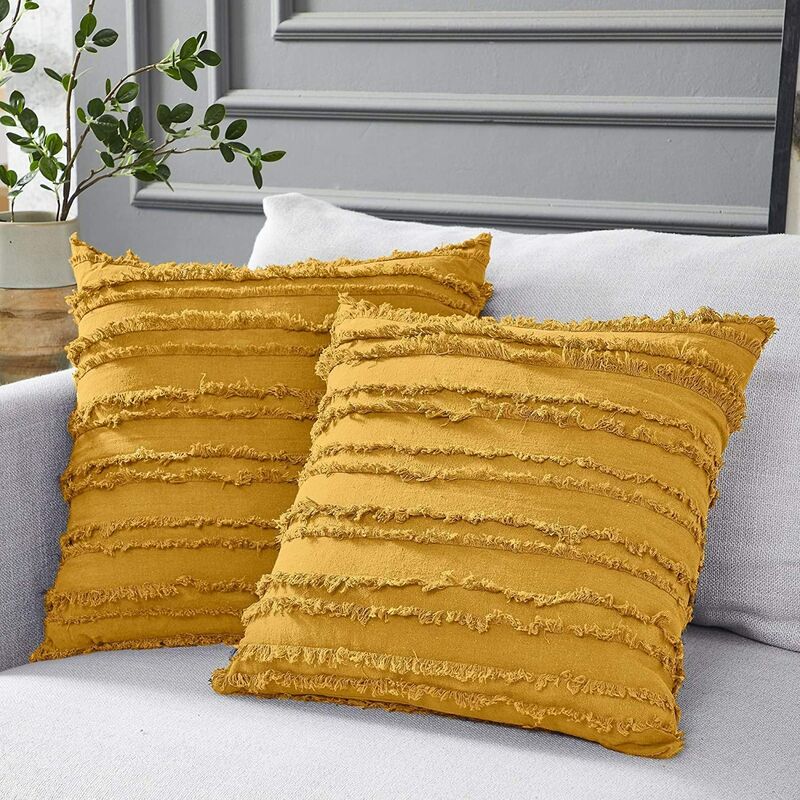Introduction: In the pursuit of a good night’s sleep, every detail matters, from mattress quality to sleep hygiene practices. But have you ever considered the impact of your pillowcase on your sleep quality? Turns out, there’s a fascinating science behind how the right pillowcase can significantly contribute to better rest. In this blog, we’ll delve into the intricacies of sleep science and explore how pillowcases influence breathability, moisture-wicking properties, and overall comfort, backed by expert insights and research.
1. Understanding Sleep Science: The Pillars of Restful Slumber Before we dive into pillowcases, let’s briefly explore the science of sleep. Sleep is a complex physiological process essential for our overall health and well-being. It involves various stages, each with unique functions like memory consolidation and cellular repair. Achieving restorative sleep requires creating an optimal sleep environment, and your pillowcase plays an important role in that equation.
2. Breathability: Allowing Your Skin to Breathe Breathability refers to a fabric’s ability to allow air to circulate freely, preventing heat and moisture buildup. Your skin’s ability to “breathe” while you sleep is crucial for maintaining an ideal sleep temperature:
- Natural Materials: Pillowcases made from natural materials like cotton, bamboo, and linen are known for their breathability. They allow air to flow, preventing overheating and promoting better sleep.
3. Moisture-Wicking Properties: Keeping Sweat at Bay During sleep, your body temperature fluctuates, leading to occasional sweating. A pillowcase with moisture-wicking properties helps prevent sweat buildup, keeping you dry and comfortable:
- Bamboo and Microfiber: Pillowcases made from bamboo or microfiber are designed to wick moisture away from the skin, reducing discomfort and promoting uninterrupted sleep.
4. Comfort Equals Better Sleep Quality Comfort is the linchpin of a restful night’s sleep. An uncomfortable pillowcase can lead to tossing, turning, and disrupted sleep. The tactile experience of your pillowcase affects your overall comfort:
- Silk and Satin: Pillowcases crafted from silk or satin offer a luxurious, smooth texture that feels gentle against your skin. This comfort can contribute to better sleep quality.
5. Expert Insights: Pillowcase Choice and Sleep Improvement Sleep experts and studies emphasize the connection between bedding choices, including pillowcases, and sleep quality:
“Pillowcase choice may seem like a small detail, but it matters. Breathable materials that allow for temperature regulation and moisture-wicking properties can significantly impact sleep quality. Comfortable bedding supports relaxation and helps create the optimal sleep environment.” – Dr. Emily Roberts, Sleep Specialist.
Conclusion: Pillowcases as Sleep Enhancers The science of sleep unveils the intricate relationship between your sleep environment and sleep quality. Pillowcases, often overlooked, play a vital role in creating the ideal conditions for restorative slumber. By choosing pillowcases with breathability, moisture-wicking properties, and comfort in mind, you’re investing in better sleep quality. So, the next time you tuck yourself in, remember that the right pillowcase isn’t just a cover – it’s a crucial component of your sleep sanctuary.


